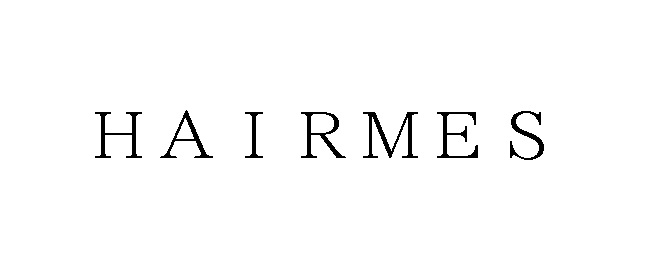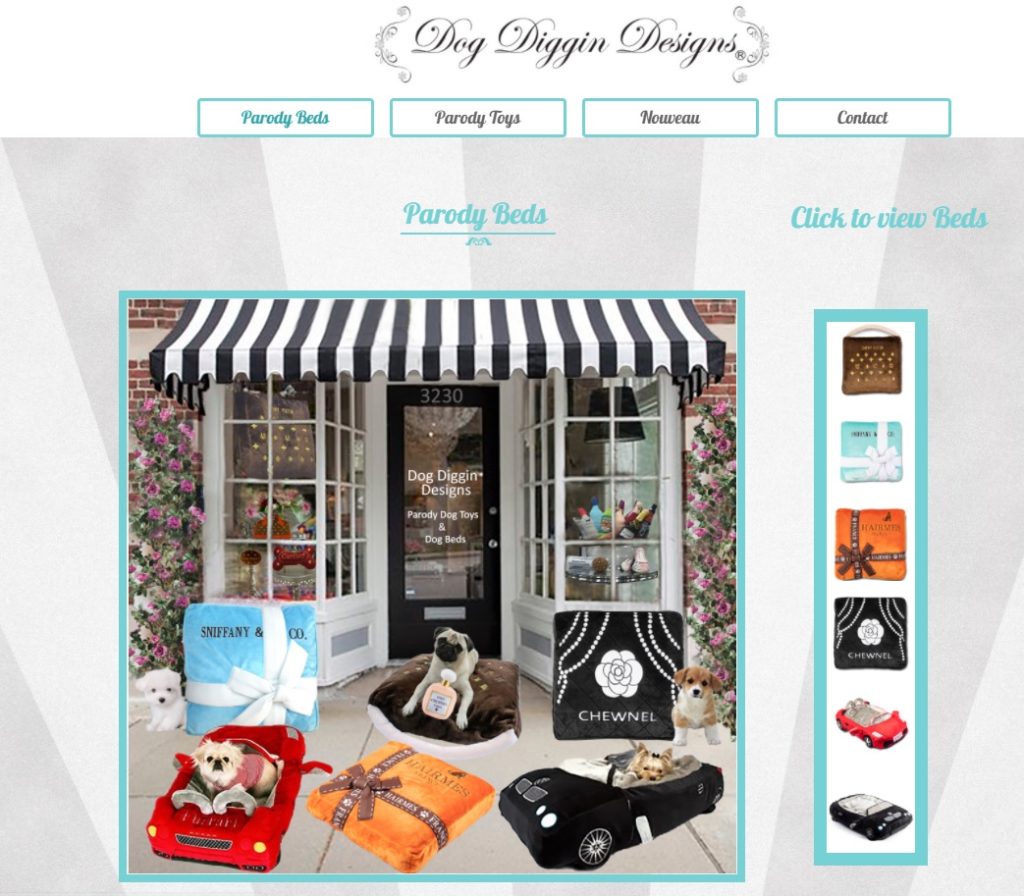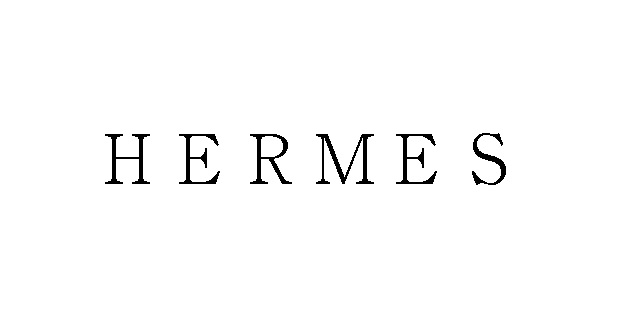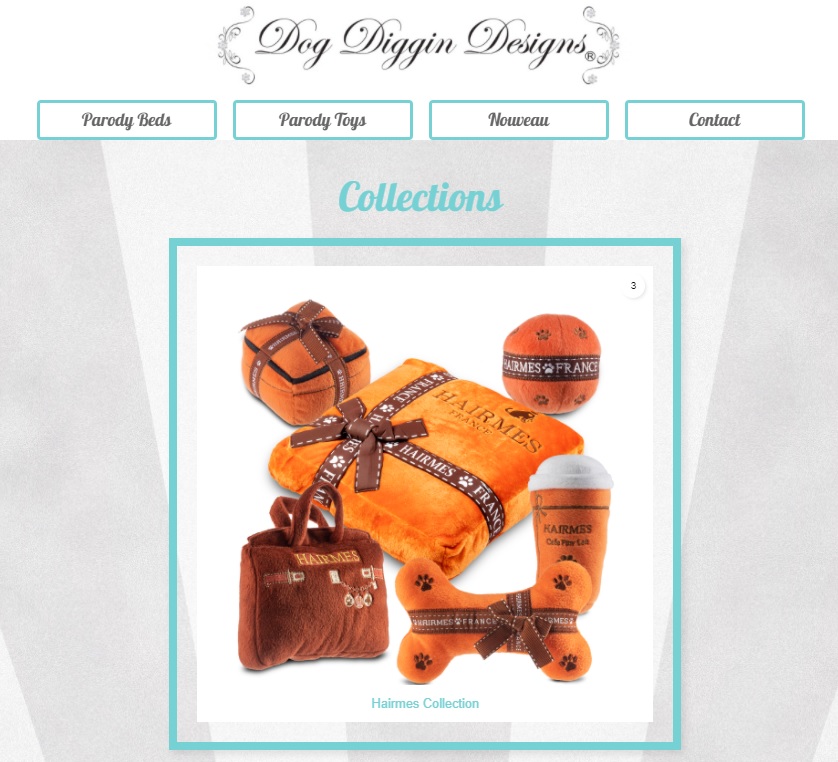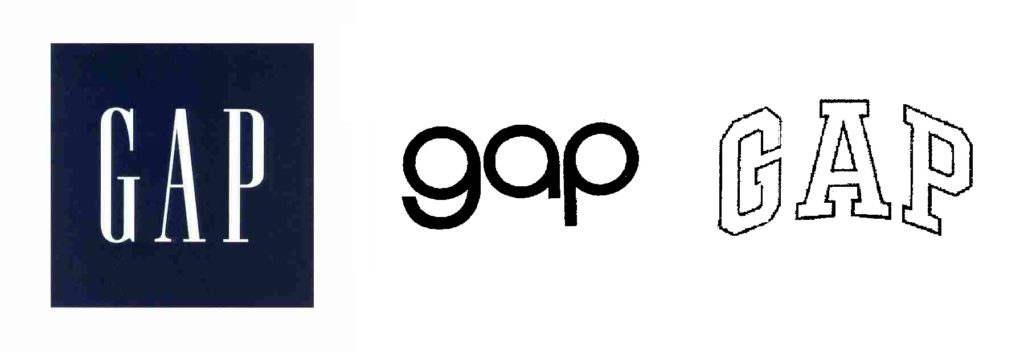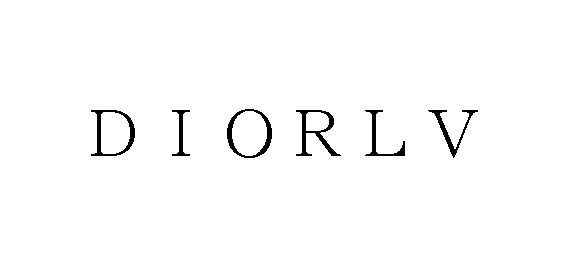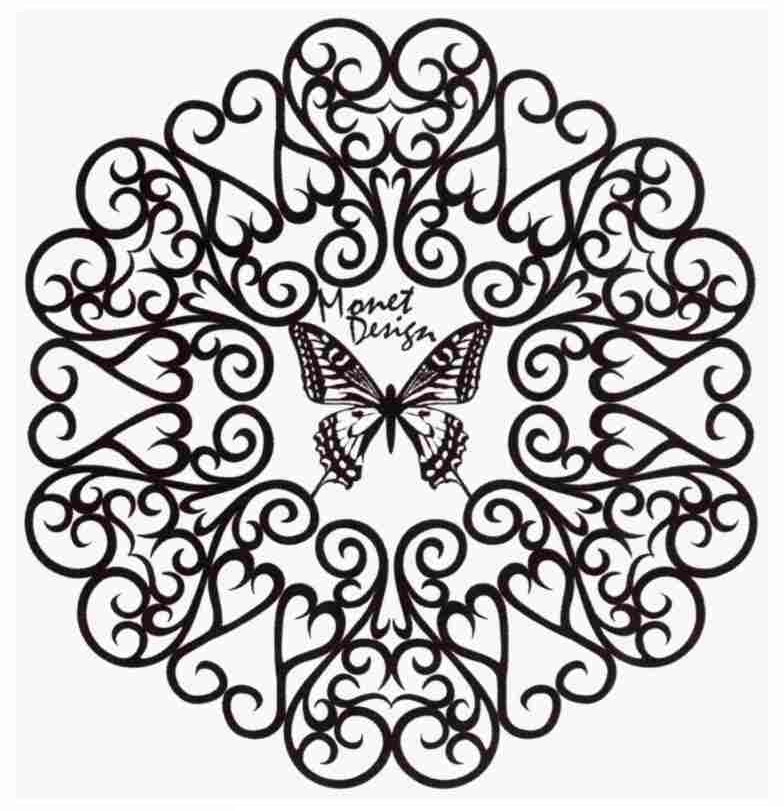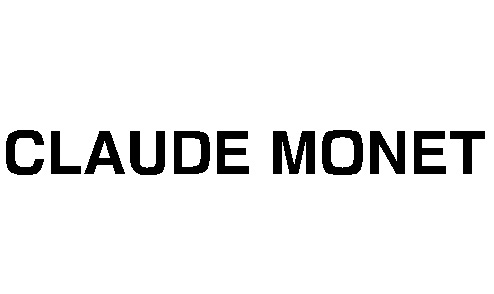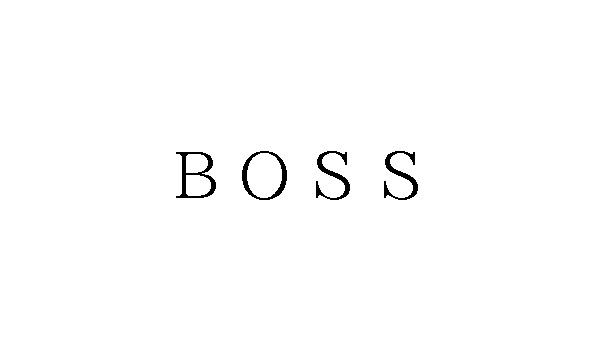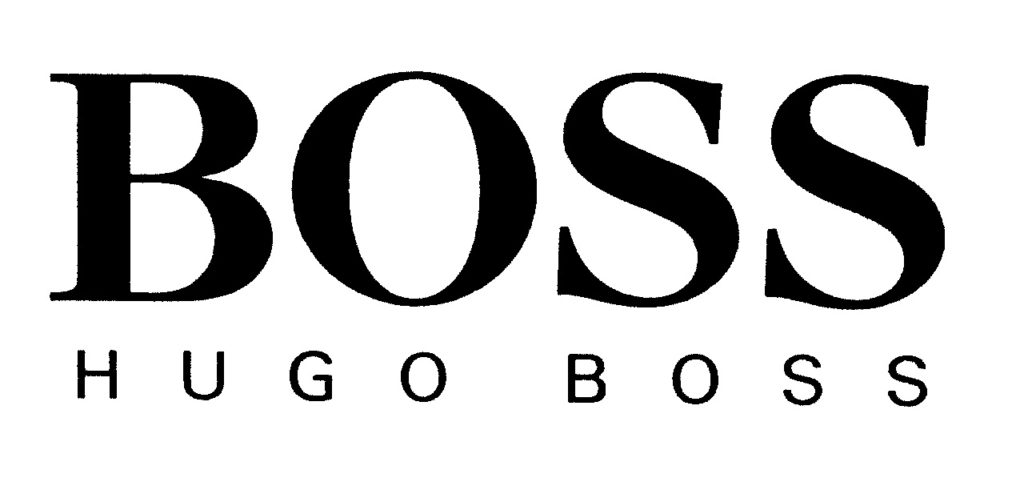On December 28, 2021, the Japan Patent Office (JPO) sided with Christian Dior in a trademark opposition against TM Reg no. 6227664 for the word mark “zovladior” in classes 3, 5, 9, and 10 by finding a likelihood of confusion with a world-renowned fashion brand “Dior”.
[Opposition case no. 2020-900133]
“zovladior”
The opposed mark, “zovladior” in standard character, was sought for registration by a Japanese company to be used on cosmetics, perfume, soaps, and detergents in class 3, pharmaceutical preparations, dietary supplements, dietary beverages and foods, beverages, and foods for babies in class 5, eyeglasses and goggles, sunglasses in class 9, massage apparatus, esthetic massage apparatus, electric massage apparatus for household purposes in class 10 on January 30, 2019.
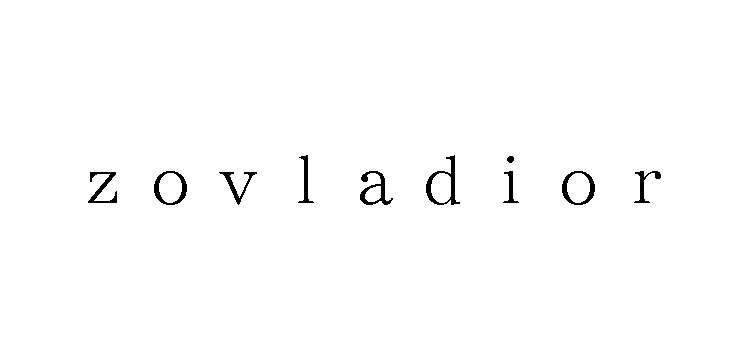
The JPO examiner granted protection of the opposed mark on January 30, 2020, and published for opposition on March 10, 2020.
Opposition by Christian Dior
To contend registration within a statutory period of two months counting from the publication date, Christian Dior Couture filed an opposition on May 8, 2020.
In the opposition, Christian Dior claimed the opposed mark shall be canceled in contravention of Article 4(1)(viii), (xi), (xv), (xix) of the Japan Trademark Law on the grounds that “zovladior” contains the mark “Dior”, an abbreviation of a world-renowned fashion brand “Christian Dior” and the opponent. If so, it is reasonable to consider the term “dior” as a prominent portion of the opposed mark that gives rise to the same sound and concept with the senior registered mark “Dior” owned by the opponent.
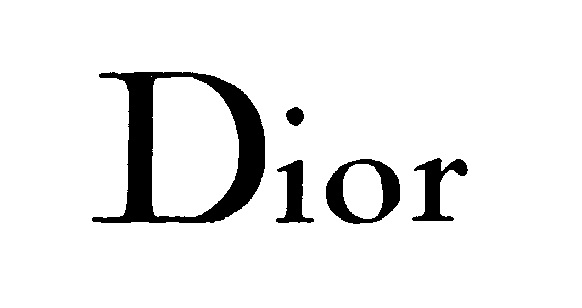
JPO decision
The Opposition Board of JPO admitted a substantial degree of reputation and popularity of “Dior” as an abbreviation of “Christian Dior” and the opponent in relation to fashion items including cosmetics, perfumes, watches, bags, women’s dresses, sunglasses.
On the grounds that 4 letters out of 9 are the same as the opponent’s mark “Dior”, the Board found there is a medium level of similarity between “zovladior” and “Dior.”
In view of a high degree of reputation and originality of the opponent mark, and close association between the opponent business and the goods in question, the Board has reason to believe relevant consumers with an ordinary care would conceive of the opponent at the sight of “zovladior” when used on goods in question.
If so, it is likely that the consumers would recognize a source of goods in question bearing the opposed mark from Christian Dior Couture or any entity systematically or economically connected with the opponent.
Based on the foregoing, the JPO sided with the opponent and decided to cancel the opposed mark in contravention of Article 4(1)(xv).

